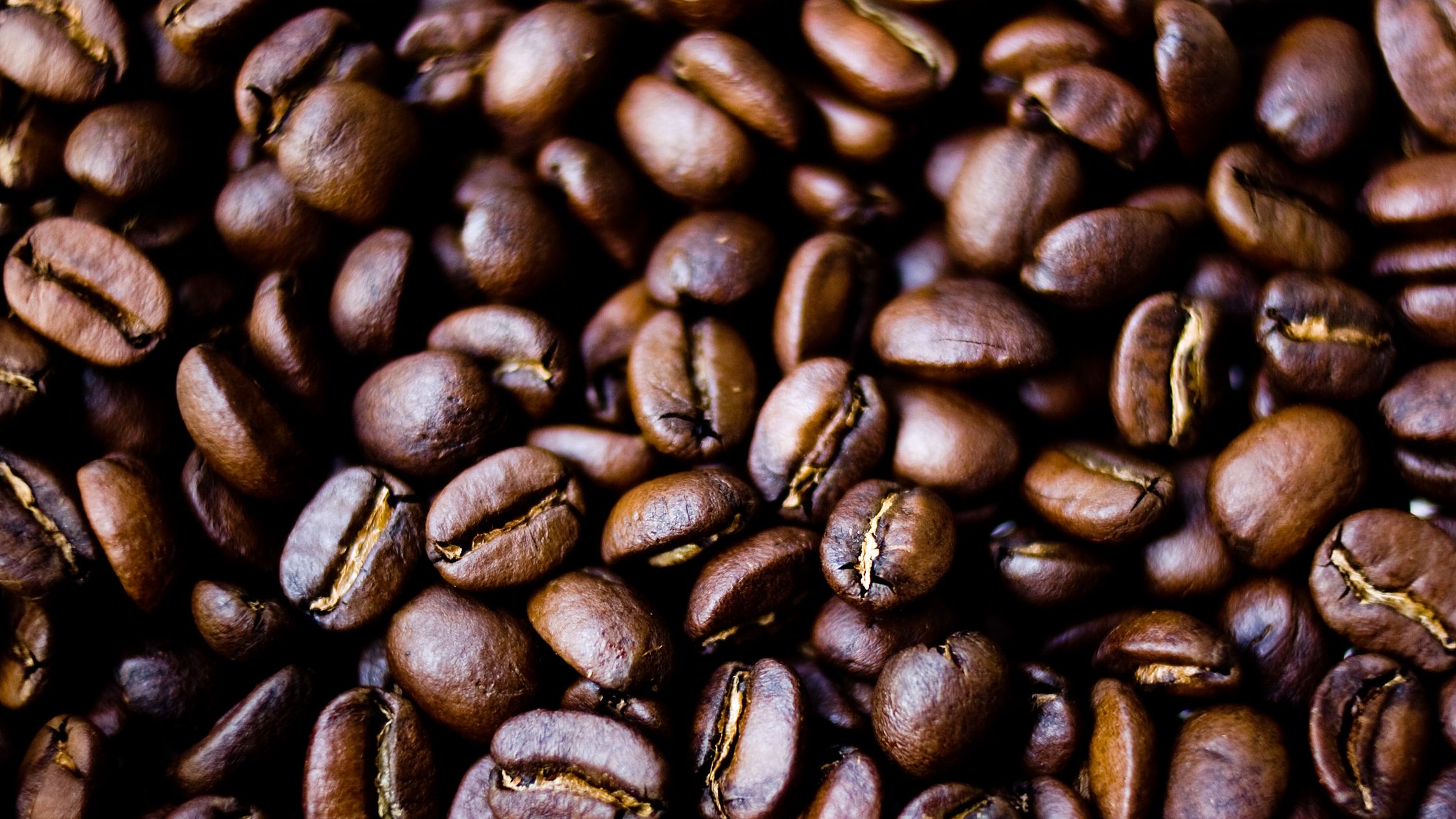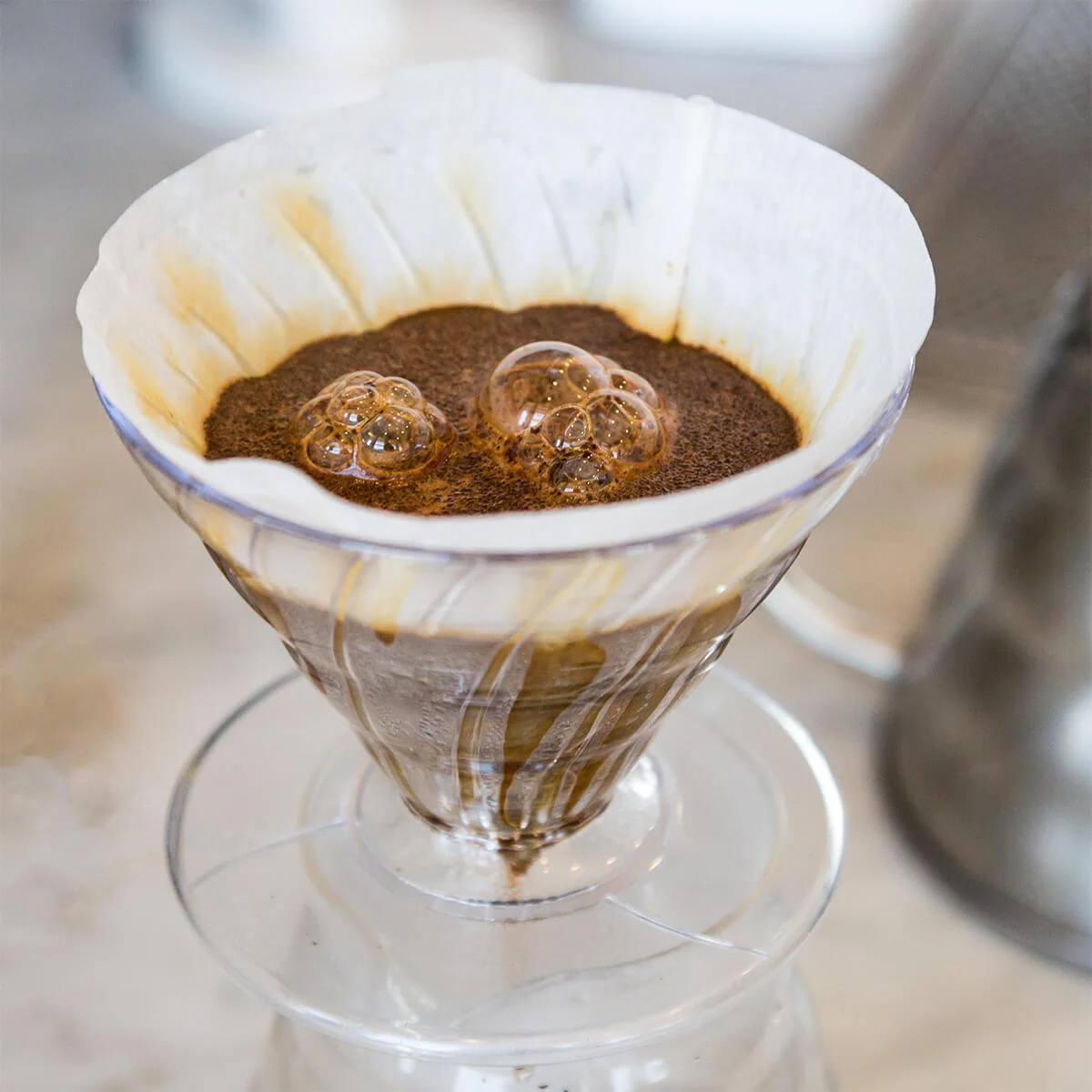- Beans: “Beans of Summer” from Zeke’s Coffee (Baltimore, MD)
- Roast level: Light (3/8)
- Origin: Indonesia, South America, Central America
- Roast date: 7/8/24
- Purchase date: 7/8 or 7/9/24 at Green Valley Marketplace in Elkridge, MD
- V60:
- 21g to 22g coffee / 300g water
- JX: 20-25 (60-75 clicks)
- Water at 99°C
- Recipe: Single Cup V60 Pourover with size 1 dripper
- AeroPress:
- 18g coffee / 250g water
- JX: 20
- Water at 99°C
- Prismo + metal and 1 paper filter
- Pour to 50g / stir to wet / bloom until 0:45 / top up to 250g / stir 5-7x front to back / steep until between 2:30 and 3:00 / stir 5-7x again / press slowly
I bought these close to the day they were roasted, and let the bag sit for 10 days or so before opening it. First cup in size 2 dripper at grind setting 20 was pretty good. Second cup at setting 19 was good as well. Started getting a little bit of bitterness at 18. Backed off to 20, and it was still bitter. Tried setting 20 in plastic size 1 dripper and later in the ceramic size 1 dripper, and both cups were good. I’ll keep it there for the time being and see how it goes.
Like most Zeke’s beans, these appear to be washed, leave very little fine residue in the grinder, and drain down quickly in the size 2 dripper and even faster in the size 1. I’m wondering if these beans are similar to Zeke’s Snow Day Blend, which required a really coarse grind in the larger dripper. Maybe the key to avoiding bitterness with these is to make sure they finish draining down by 2:20 to 2:30, which would make the coarser grind appropriate for the larger dripper.
7/26: These are starting to want a coarser grind now no matter which dripper I use. I tried setting 25 with size 2 V60 this morning, and it wasn’t bitter, but not what I would call a perfect cup either. It seemed maybe a little bit under-extracted. I wonder if it would be better if I went back to a finer grind and dropped the water temperature 10 degrees or so. I might try that this afternoon.
7/28: Ignore most of the above. It has proven challenging to get a good cup with these beans with the V60. Grind setting 20 with 90C water was bitter. Setting 30 at 100C was sour and under-extracted. I think the coarser grind is the appropriate setting for pour-over, but with the V60 (both sizes) It seems like the water is draining too quickly for proper extraction. It might turn out better if I brewed a larger quantity at a time (say 500-600g). Maybe a thicker filter would help, if such a thing exists. Or, perhaps a different style of dripper (Kalita Wave?) would give better results. For today, I switched to the AeroPress (recipe above) and it produced a much better cup than anything I’ve gotten with the V60 recently. I’ll probably stick with that until the beans are used up.

